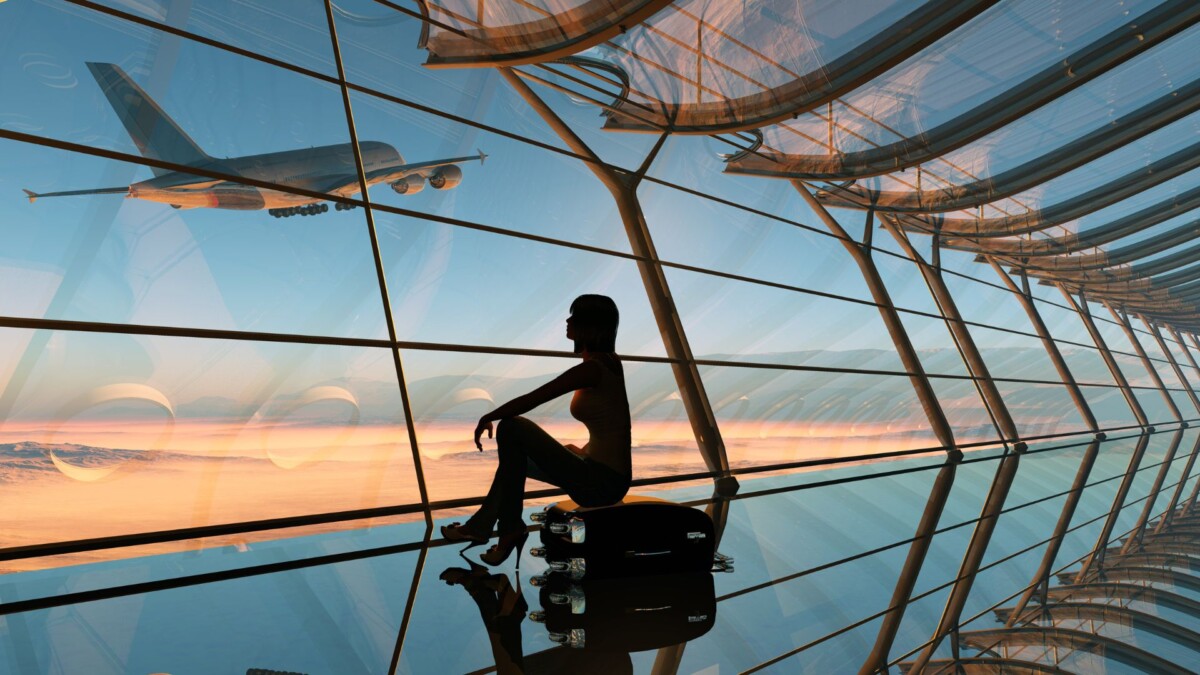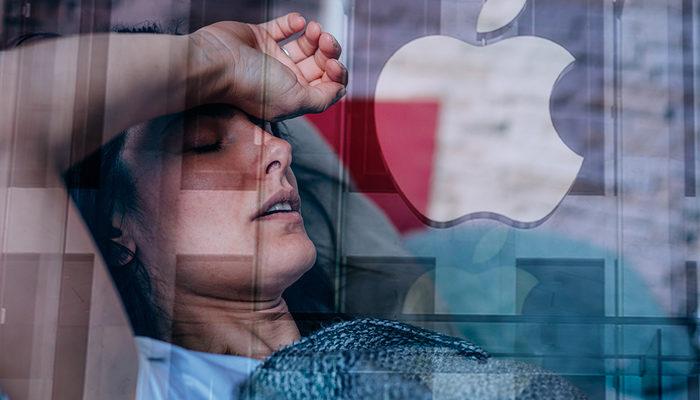The question we are about to ask in this soup is rather delicate. That is the relationship between consumers and large companies operating in sectors of natural monopoly. Strong stuff, that economists have hung on for years. Let’s get straight to the point: let’s talk about airports. And let’s make a premise immediately. In fact, it is not said that they are monopolists. In short, it is not always true that there is no alternative to them. The popular Rome-Milan route is long enough to justify a flight yet, but well-connected enough by rail to justify the purchase of a fast train. Second necessary premise. Whoever writes this soup is a commuter, albeit a luxury one: and he has been going through it several times a week for about thirty years. And it has seen the competitive advantage of flying increasingly erode.
For a few weeks, the airport company that manages the airport of Fiumicino ushered in a new terminal, where domestic flights have been moved. Big investments, inauguration with all the trimmings, politicians in the front row and even the President of the Republic to celebrate. The airport is green, you know all that stuff, twenty years ahead of everyone. Farinetti has placed his supermarket. The materials are super cool. There are the statues on display of the ancient Romans, even if disturbed by necessarily visible beams. Well, in short, compared to stopovers all over the world from New York to Miami, you think you are in paradise.
Everything is fine? Up to a certain point. To catch your flight, which takes fifty minutes to Milan, you take us for checks (quite efficient compared to international standards) and tours between duty free, mozzarella and shirt shops, at least twenty minutes. Double than before the renovation. Nice for heaven’s sake, all clean and ecological: but for what the hell of a reason a commuter is forced to do lookie lookie (Bangkok taxi drivers’ jargon to take you to the shops that gave him a tip for every tourist stuck) when his need is to find a faster alternative to the train?
From Adr they say that the pier is temporary and that in a few months the commuters will have one of their own. We hope so. But in the meantime they risk losing customers. Maybe they are residual compared to the international ones they expect: but can they afford to lose domestic traffic? Assoaeroporti, to which we asked how much they collect from traffic, were unable to provide us with timely information in a short time. But they told us that the operators get a multiple tariff according to the tonnage of the aircraft and the time of day when the take-off / landing takes place (peak or off-peak); a fee for the use of the lay-bys which depends on the hours of stay; a passenger fee for the use of the terminal and all the services present therein which varies according to the destination of the flight and the age of the passenger (adult or infant); of the security rates to use the services of security and checking of hold baggage; and finally the tariffs for the use of infrastructures such as check-in desks (differentiated according to the position of the counter), boarding bridges, etc.
To this kind of income, evidently, the managers add up the commercial revenues. With some fabulous inconsistencies. In the final part of the terminal, which has just been renovated, there is only one cafeteria, always obviously equipped with many queues.
In Milan, in the much smaller Linate, things are better only for the size. But the logic is the same. They renovated the airport, lengthening the time to take flight. Every self-respecting commuter knows by heart that floor lamp, placed between a sofa and the wall, which he moves like a special skier, to shorten the obstacle course of the lookie lookie. Paradox of paradoxes, they have introduced a magnificent facial recognition system, thanks to which boarding and control operations are speeded up. Faster checks, evidently to show more shops.
And let’s go back to the starting point. We are talking about modern, efficient and newly refurbished airports. Compared to their European competitors, and thanks to layoffs, they have resisted the pangs of the lockdown better. Today there is the feeling that they risk losing contact with their customers, those most loyal and freer to have an alternative. While the tourist who arrives at the airport a few hours earlier has plenty of time to look around, the commuter just wants efficiency and quick times. Probably the managers who manage the airports have considered losing it.
Nicola Porro, il Giornale, 2 July 2022
–

/cloudfront-eu-central-1.images.arcpublishing.com/diarioas/EONUAXW2QNNEXCIN6NYC4FAL3Y.jpg)
